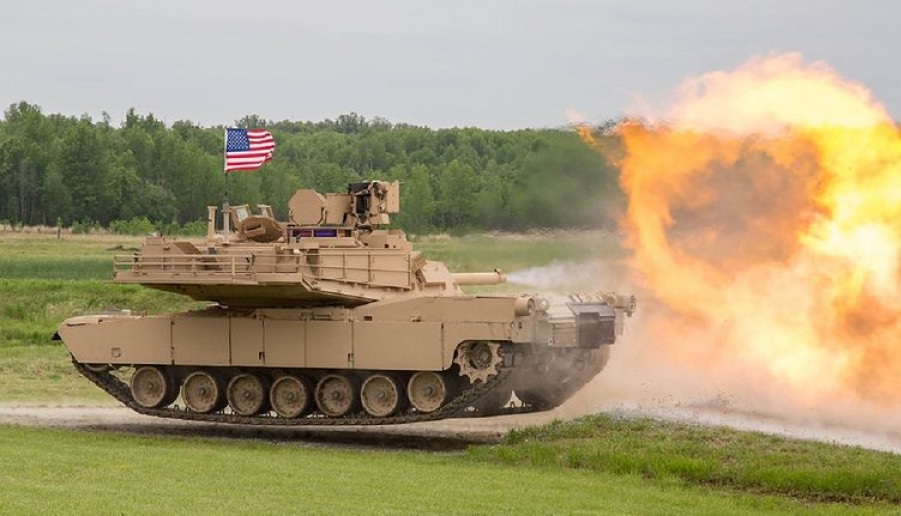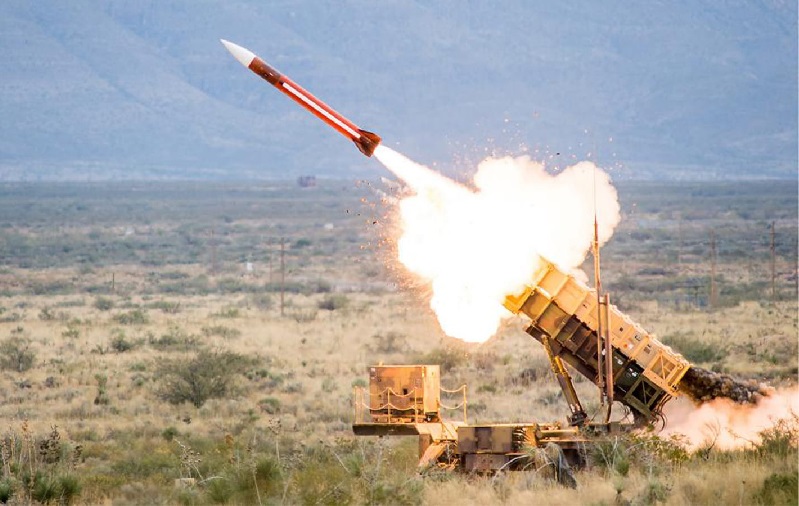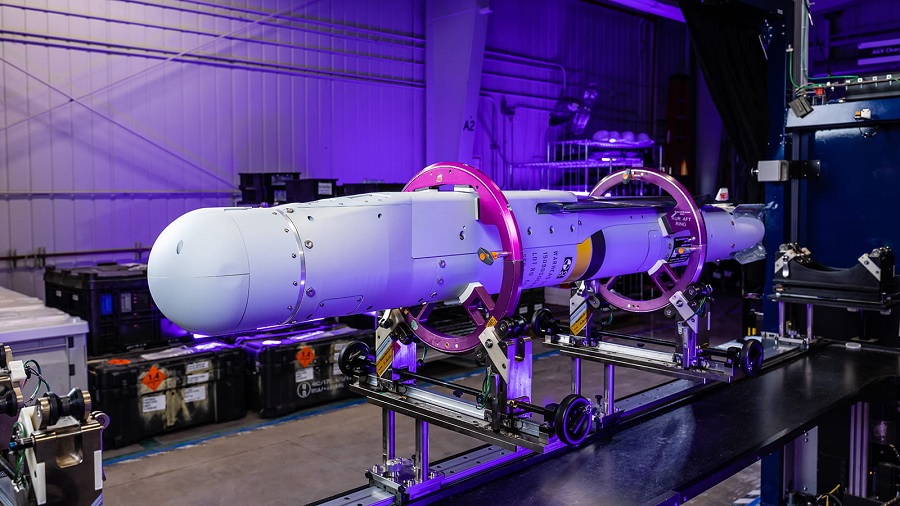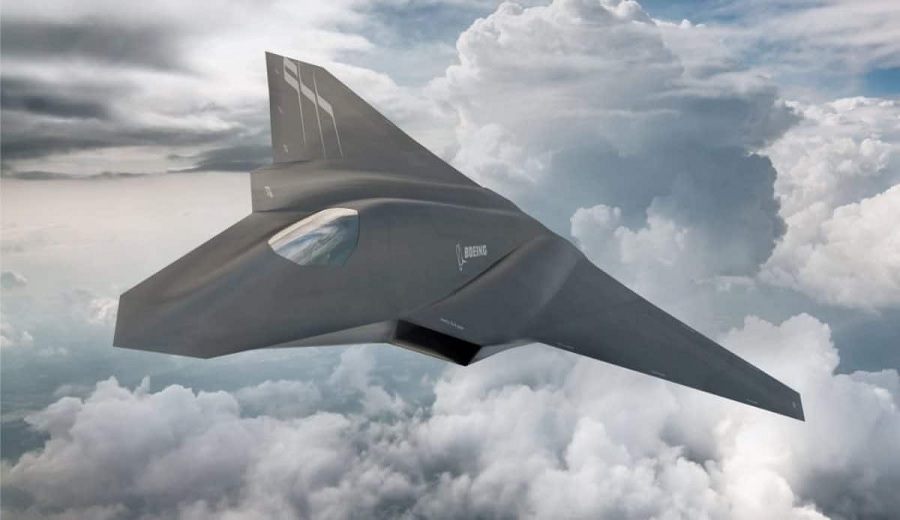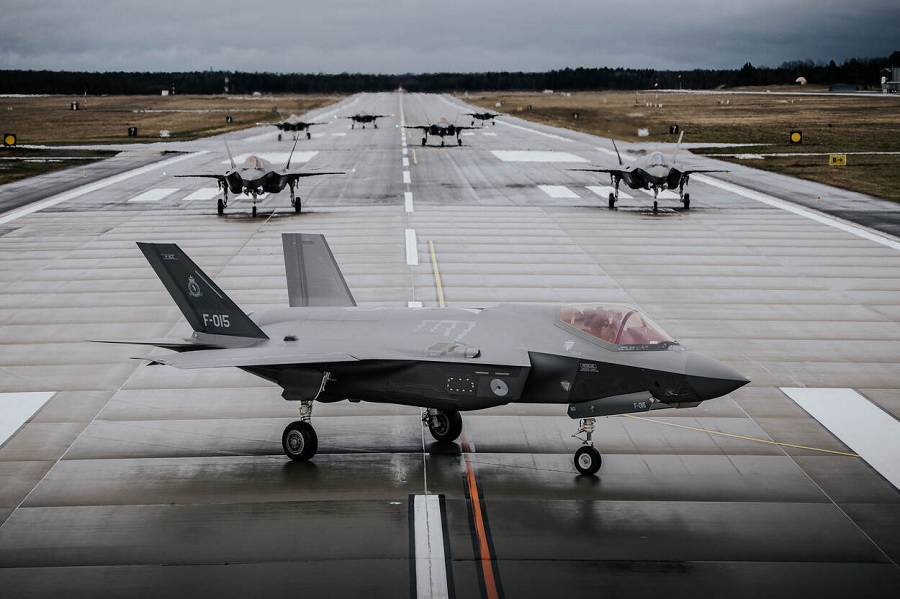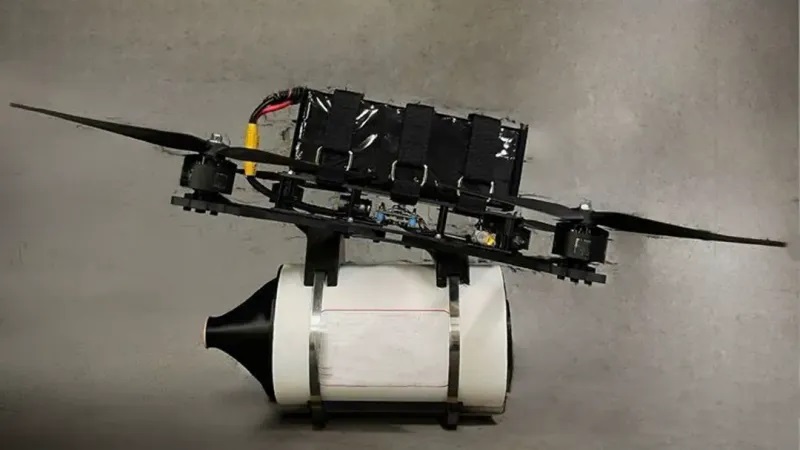The combined Armed Services Committees of the U.S. House of Representatives and Senate have published the text of a new defence spending bill, which is intended to be passed under a special budgetary procedure known as reconciliation. This initiative forms part of a broader effort by Republicans in Congress to advance the priorities of the Donald Trump administration.
The bill outlines detailed allocations, including $9 billion to improve soldiers’ quality of life, such as allowances and infrastructure for military families. Another $34 billion is earmarked for shipbuilding and strengthening the naval industrial base, including $5.4 billion for two additional destroyers (DDG) and $4.6 billion for a Virginia-class nuclear submarine.
A total of $25 billion is designated for missile defence initiatives, notably the Golden Dome programme, and the development of strategic missile defence for U.S. territory. Major projects include $7.2 billion for space-based sensor integration, $5.6 billion for space-phase intercept systems, and significant investment in counter-hypersonic missile capabilities.
The plan also proposes $21 billion to boost ammunition production, including cruise missiles, anti-ship missiles, air-to-air missiles, and anti-radiation missiles. A large part of this funding will support the U.S. Navy and enhance the manufacturing base for various conventional and “alternative” missile types.
In addition, $14 billion is allocated to the procurement of “innovative” weapons systems, such as small drones, resilient navigation technologies, and commercial technology integration through the Defense Innovation Unit. Among these efforts, $1.5 billion will go towards the development and production of affordable cruise missiles, with $0.5 billion intended for export.
Nuclear deterrence will receive $13 billion, with $4.5 billion to accelerate the B-21 Raider bomber programme and $2 billion for the deployment of a new nuclear-armed, sea-launched cruise missile. Another key provision is the expansion of Trident IID-5 missile launchers on Ohio-class submarines, responding to the suspension of the New START Treaty by Russia in 2023 and its impending expiry in 2026.
The legislation also provides $12 billion to maintain the readiness of various branches of the armed forces, including the Navy, Army, and Air Force. Meanwhile, $11 billion will be directed towards operations in the Indo-Pacific, where the largest share, over $4 billion, will fund classified space-related programmes.
Air superiority capabilities are set to receive $7 billion, with $3.15 billion allocated for the increased production of F-15EX fighters. Further funds will support the development of future fighter programmes for both the Navy (FA/XX) and Air Force (F-47) and extend the operational life of existing F-15E Strike Eagle and F-22A Raptor aircraft.
Moreover, $5 billion is intended for a mission at the U.S. border, and $400 million will ensure the Pentagon can successfully complete an audit.


